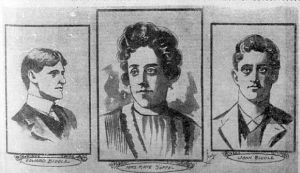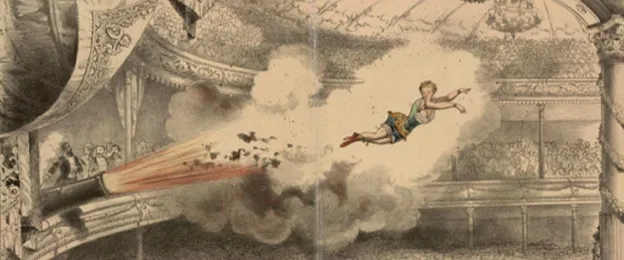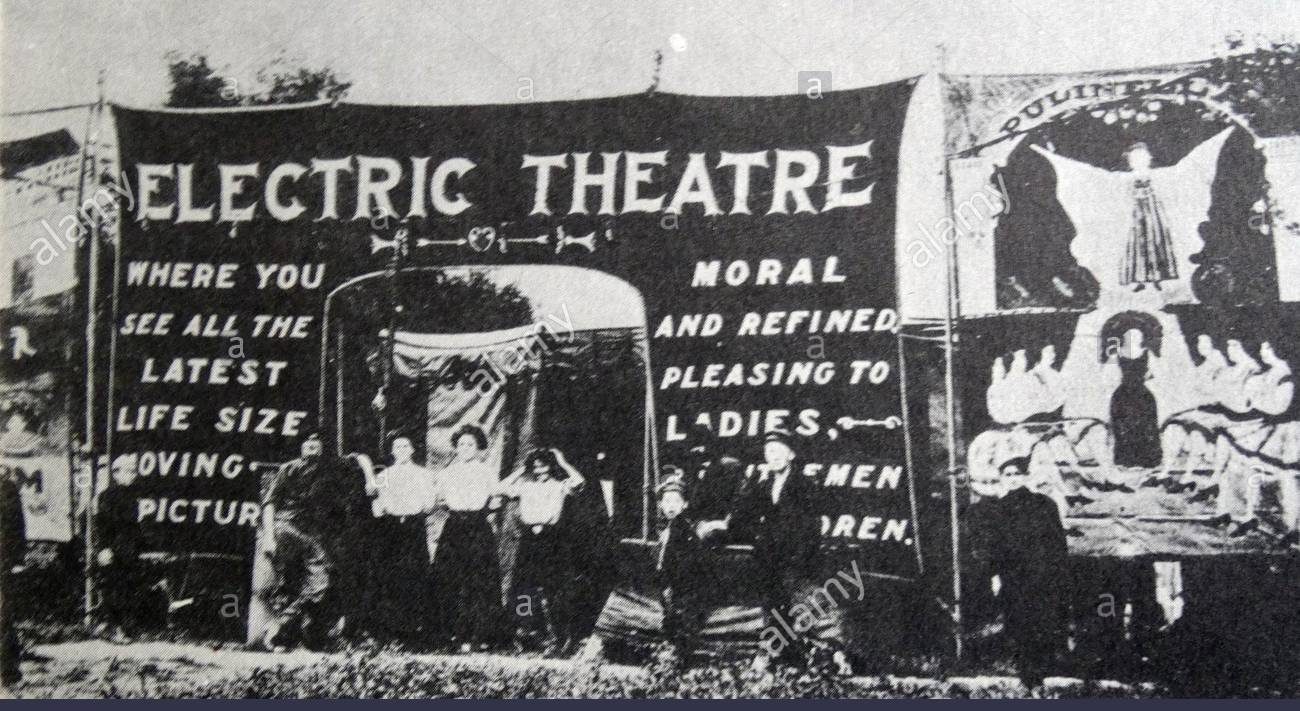Some dreamers looked to the stars and wondered what it would be like to fly through space. Some looked to the sky and wondered what it would be like to fly like a bird. Then there were those that looked at a cannon and wondered what it would be like to be shot through the air from that cannon. We remember and idolize our flight pioneers and space pioneers. Can you remember the name of a single human cannonball?
How about Zazel? Yes, back in 1877, April 2 to be exact ,when those amazing men in their flying machines were still staring at pigeons and wondering how, 14-year-old Rossa Matilda Richter became the first in a storied line of Second Amendment enthusiasts to be shot right out of a cannon and into immortality. The oohs and aahs of the crowd at the Royal Aquarium in London as Zazel soared overhead to a net some 70 feet away were the nascent sounds of a gun lobby to be.
Zazel was the protégé of The Great Farini, the Canadian rope-walker known for performing above Niagara Falls. He invented the device that would launch Zazel and other human projectiles for years to come.
Zazel’s act was an amazing success. At the peak of her career, she was earning £200 a week, performing before crowds of 20,000 or more every day in England and the USA. Although many others followed in her footsteps, she was the first and the level of danger she faced was the highest. Eventually it caught up with her: she missed the net, and although she survived, she broke her back. She retired and faded into obscurity.
The Terrible Terrible Biddle Boys
Admission was ten cents. The movie lasted about an hour. There were no cartoons or newsreels. The first theater to show an actual movie was the Electric Theater in Los Angeles on April 2, 1902. The Capture of the Biddle Brothers was an adventure melodrama based on actual events.
A few months earlier, condemned prisoners Jack and Ed Biddle escaped from a Pennsylvania jail using tools and weapons supplied to them by the  warden’s wife, Kate Soffel. “Our picture, which is a perfect reproduction of the capture, is realistic and exciting,” the producer exclaimed — breathlessly one might imagine. Two sheriff-filled sleighs pursue the Biddles and Soffel through the white and drifting snow. The dastardly trio turns to make a stand, shotguns and revolvers blazing. Ed Biddle is shot, falls to the ground in a snow bank. On one elbow, he continues to fire shot after shot until he collapses. The second Biddle continues to fire, and he too is shot. Mrs. Soffel seeing the hopelessness of their situation, if not the error of her ways, attempts to shoot herself. All three are captured. The brothers both die of their wounds. Mrs. Soffel survives, but a reconciliation with her warden husband is probably unlikely.
warden’s wife, Kate Soffel. “Our picture, which is a perfect reproduction of the capture, is realistic and exciting,” the producer exclaimed — breathlessly one might imagine. Two sheriff-filled sleighs pursue the Biddles and Soffel through the white and drifting snow. The dastardly trio turns to make a stand, shotguns and revolvers blazing. Ed Biddle is shot, falls to the ground in a snow bank. On one elbow, he continues to fire shot after shot until he collapses. The second Biddle continues to fire, and he too is shot. Mrs. Soffel seeing the hopelessness of their situation, if not the error of her ways, attempts to shoot herself. All three are captured. The brothers both die of their wounds. Mrs. Soffel survives, but a reconciliation with her warden husband is probably unlikely.
The movie itself did not survive, and the names of the actors are lost to history. Oddly enough a remake — well maybe not exactly a remake — was released in 1984. Mrs. Soffel starring Diane Keaton and Mel Gibson once again tells the tale of the terrible, terrible Biddle brothers. But not for a dime.




